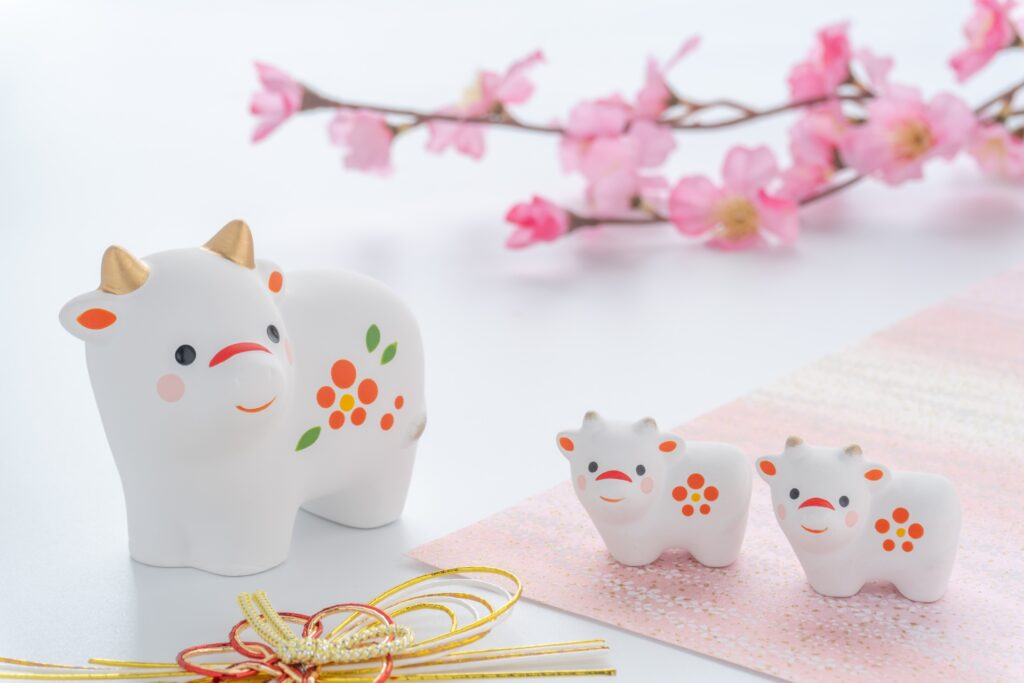What is Japanese Wabi-Sabi(侘び寂び)? Exploring the Soul of Japanese Wabi-Sabi

Japanese Wabi-Sabi
What is Wabi-Sabi? 侘び寂び
In a world where perfection and precision are often celebrated, there exists a profound philosophy from Japan that offers a refreshingly different perspective on beauty.
"Wabi-Sabi," a term deeply rooted in Japanese culture, invites us to embrace the beauty of imperfection, simplicity, and transience. Derived from two separate concepts, "Wabi" and "Sabi," this unique philosophy encourages us to find beauty in the imperfect, the worn, and the natural, rather than seeking flawless symmetry and polished aesthetics. Join us on a journey to understand the essence of Wabi-Sabi and how it resonates with the human spirit.
Origins and Meanings
The origins of Wabi-Sabi can be traced back to ancient Japan, with the term "Wabi" first emerging in the 14th century, and "Sabi" coming into prominence in the 16th century. These concepts were initially distinct, but over time, they merged to form the philosophy we know today.
Wabi: At its core, Wabi conveys a sense of simplicity, humility, and rustic beauty. It is often associated with solitude and finding contentment in the midst of simplicity. Wabi encourages us to appreciate the unpretentious and appreciate the beauty that exists in the natural world. It urges us to let go of excessive material desires and embrace a life of mindful presence.
Sabi: Sabi, on the other hand, is linked to the beauty of aging and the passage of time. It reflects the idea that objects, as they age, acquire a distinctive charm and character. The weathered appearance of an object, be it a teacup or a wooden structure, evokes a sense of history and a story of its own. Sabi celebrates the marks of time, appreciating the journey of life and the wisdom that comes with experience.
Principles of Wabi-Sabi
To truly grasp the essence of Wabi-Sabi, one must understand its guiding principles:
Imperfection: In a world obsessed with perfection, Wabi-Sabi encourages us to find beauty in the imperfect. Cracks, irregularities, and asymmetry are celebrated as unique qualities that make an object or artwork more interesting and authentic.
Simplicity: Simplicity lies at the heart of Wabi-Sabi. It encourages us to declutter our lives, both physically and mentally. Embracing simplicity allows us to appreciate the small joys of life, find peace in unadorned surroundings, and connect with the essence of our existence.
Naturalness: Wabi-Sabi emphasizes the beauty of the natural world and our inherent connection to it. Natural materials, such as wood, stone, and ceramics, are highly valued, as they reflect the impermanence and transience of life.
Transience: The fleeting nature of life is an essential aspect of Wabi-Sabi. It teaches us to accept the impermanence of all things and to cherish the present moment fully. Embracing the ephemeral beauty of life can lead to a deeper appreciation of its ever-changing nature.
Mindfulness: Wabi-Sabi encourages us to cultivate mindfulness in our daily lives. By being fully present and engaged in the moment, we can develop a profound awareness of the beauty that surrounds us.
Wabi-Sabi in Japanese Arts and Aesthetics
Wabi-Sabi's influence extends far beyond philosophy, permeating various forms of Japanese arts and aesthetics. Some of the most notable areas include:
Tea Ceremony (Chanoyu): The Japanese tea ceremony is a living embodiment of Wabi-Sabi principles. The ceremony emphasizes simplicity, humility, and the appreciation of the imperfect. The tea room, tea utensils, and the ritual itself all reflect the aesthetics of Wabi-Sabi.
Ikebana (Flower Arrangement): Ikebana is the art of arranging flowers, stems, and leaves in an aesthetically pleasing way. Wabi-Sabi is evident in the choice of natural elements, the use of empty spaces, and the celebration of the impermanence of the floral arrangement.
Pottery (Yakimono): Japanese pottery showcases the beauty of Wabi-Sabi through its organic forms, unglazed surfaces, and subtle imperfections that arise during the firing process. Each piece tells a unique story, embracing the passage of time.
Architecture and Gardens: Traditional Japanese architecture and gardens often embody Wabi-Sabi principles. Simple, natural materials are used to create spaces that harmonize with nature and evoke a sense of calm and tranquility.
Wabi-Sabi and Modern Living
In the fast-paced, consumer-driven world of today, the philosophy of Wabi-Sabi offers a poignant antidote. It encourages us to reevaluate our priorities, find contentment in the present moment, and develop a deeper connection with ourselves and the natural world.
Minimalism: Wabi-Sabi has influenced the minimalist movement, which advocates for reducing material possessions to focus on what truly matters. By letting go of unnecessary clutter and embracing simplicity, we can create a more meaningful and intentional life.
Sustainability: Embracing the Wabi-Sabi mindset can lead to a more sustainable lifestyle. Valuing the natural and the worn over the new and mass-produced encourages conscious consumption and an appreciation for the longevity of well-crafted items.
Mental Well-being: Wabi-Sabi teaches us to find beauty in vulnerability and embrace our flaws and imperfections. This acceptance can lead to increased self-compassion and improved mental well-being.
Wabi-sabi Japanese working culture

Japanese wabi-sabi philosophy significantly influences Japanese working culture, shaping the way employees approach their jobs, interact with colleagues, and view the overall work environment. The principles of wabi-sabi are deeply ingrained in the Japanese mindset, and they have a profound impact on work ethics, aesthetics, and interpersonal relationships within the workplace.
Conclusion
Wabi-Sabi is more than just an aesthetic concept; it is a way of life that reminds us of the beauty in the impermanent, imperfect, and incomplete aspects of our existence. Embracing Wabi-Sabi can help us slow down, find joy in simplicity, and appreciate the unique journey of life. By incorporating Wabi-Sabi principles into our lives, we can cultivate a deeper sense of gratitude, mindfulness, and connectedness with the world around us. Let us strive to see the world through the lens of Wabi-Sabi, finding beauty in the ordinary and treasuring the fleeting moments that make life truly extraordinary.


